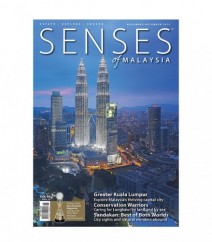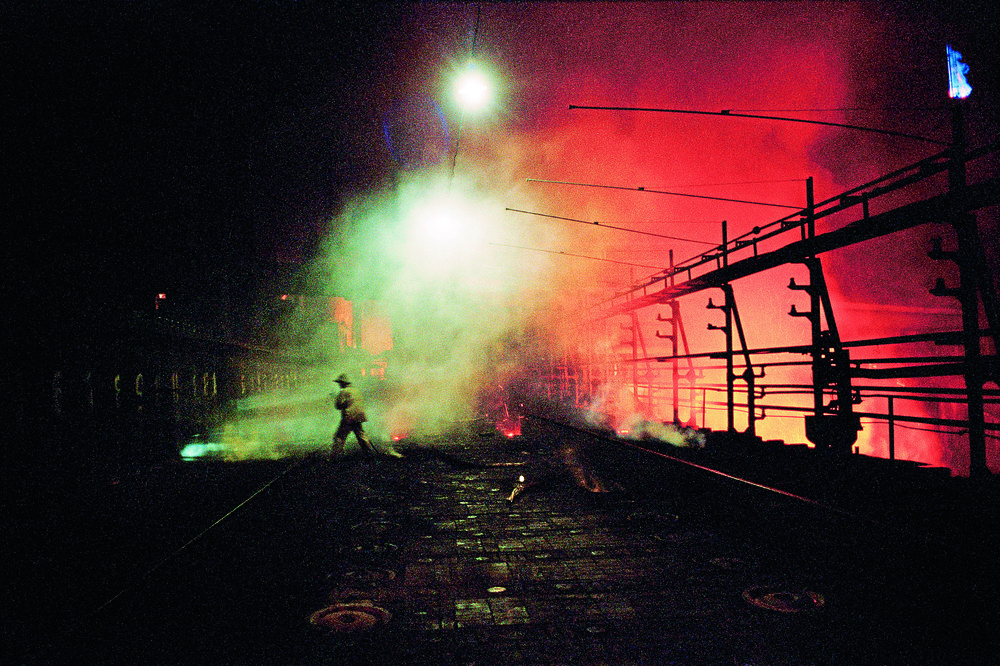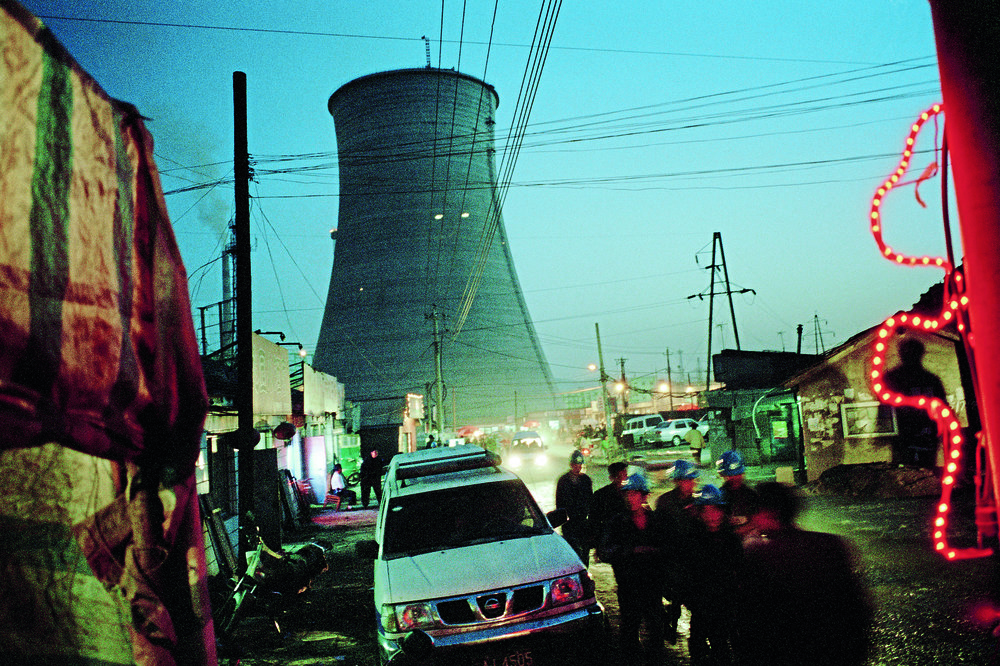British-Malaysian photographer Ian Teh’s concern for social and environmental issues is apparent in his evocative photographs, which he describes as ‘short films made out of stills’. Sharuna Segaren catches up with him as he shares his adventures as a documentary photographer.
Currently splitting his time between Kuala Lumpur and London, as he resides and works in both places, Ian Teh first moved to the UK when he was 12 years old.
In his younger days, he intended to become an artist, and so he went to art college in London in order to pursue that dream. While working towards his degree in graphic design, he picked up a photography course, and found he really enjoyed it. However, it was only after he had graduated that he decided to fully commit to photography.
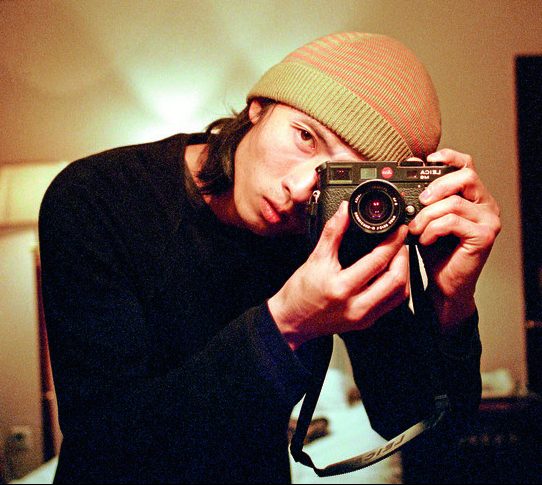 Armed with an easy smile and an amicable demeanour, Teh told me, “I do a lot of work in the Southeast Asian region, so I like to come back to KL and spend some time here as I have family here as well.
Armed with an easy smile and an amicable demeanour, Teh told me, “I do a lot of work in the Southeast Asian region, so I like to come back to KL and spend some time here as I have family here as well.
“I really enjoy travelling around this region, so KL is a good location for me to be when I’m not back in London.” Besides photography, Teh enjoys rock-climbing and is also a strong advocate for environmental issues.
“He also runs an annual workshop at Obscura in Penang, Malaysia’s premier photography festival, where many established photographers visit and also exhibit their work.
“When I’m teaching the students there, I often tell them photography is a process that starts with an idea and that the successful photograph is the expression of that idea. Out in the world, you have to notice something that speaks to your imagination and that you feel is worthwhile. Then you have to capture it in an eloquent way so the message is not lost.”
Making an impact
Teh explained how he got into photography by something of an unforeseen discovery. “I think it’s true for some photographers who find an interest in it that they get into it by accidentally taking a good image,” he shared. “Often, you come across a situation you find interesting and when you try to capture it, whether its instinct or good fortune, you get something great as a result. I was impressed by what a photograph can convey.
“Usually, what you see in real life is so much more than what’s seen in the photograph. But when it’s done well, you can actually get more out of a photograph than in real life, as it has the power to dramatise and enhance the situation. Once I realised I could do this, I wanted to explore it further.”
In his work, Teh strives to deliver poignant and meaningful photographs. On his process, he says, “Whatever you’re trying to say with a photograph, it has to make an impact. That falls down to the aesthetics, composition, and content, but also the stories that the image might tell and how it links into the other images. If you want to make a book or exhibition, they have to flow in some kind of sequence. Think of it as music, and how you need a melody and rhythm in order for it to make sense.”
Developing his skills
Teh explained how he was inspired by great photographers who ventured out to obscure and interesting places. “When I was studying photography, there was no Internet. It was all film, and I learned photography through books at the library, reading about people and their journeys as photographers. I was fascinated by great photographers who travelled and had adventures, such as Henri Cartier-Bresson”.
“People call him ‘the father of the decisive moment’. His photographs are all about timing, for example, capturing a shot just when a person is about the land in a puddle. He described the act of taking a great image as a process of aligning your heart, your mind, and your eyes in order to capture what’s in front of you.
“That really resonated with me and captured my imagination on what photography could be. It’s not just about taking a beautiful image but about growing and learning about yourself through the medium.”
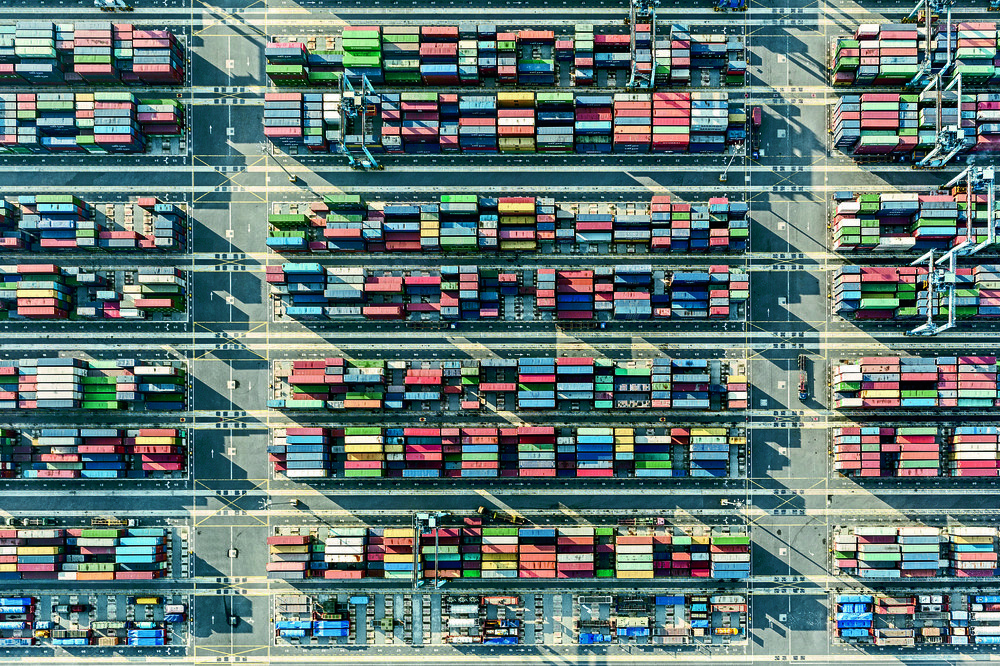
Today, Teh is an award-winning photographer and has published a series of monographs, Undercurrents (2008), Traces (2011), and Confluence (2014). His work is part of the permanent collection at the Los Angeles County Museum of ART (LACMA), The Museum of Fine Arts, Houston (MFAH), and the Hood Museum in the USA.
His passion for social and environmental issues is evident in his work such as his series, “The Vanishing: Altered Landscaped and Displaced Lives (1999-2003)”, which is a record of the devastating impact of the Three Gorges Dam on China’s Yangtze River, while his later works explored the darker consequences of China’s booming economy.
He said, “For many years I worked in China, when I first went there in 1995. Since then, I’ve been going back once a year for the past 20 years. Most of what I learned in photography is through those early travels. My most well-known works are these stories that I’ve documented in China.”
Work in Malaysia
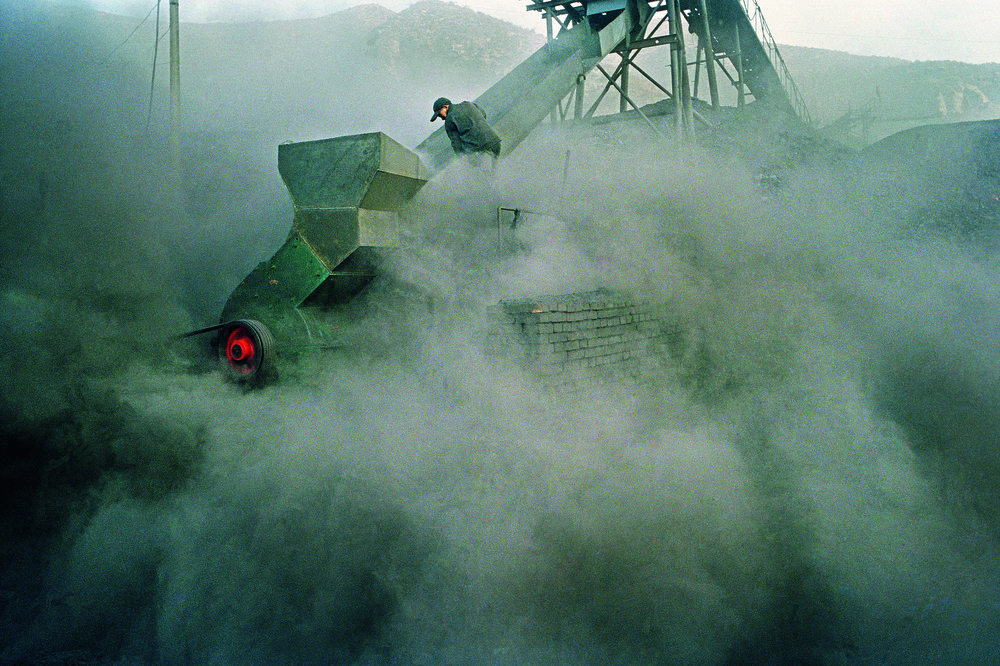
Teh’s latest photobook Confluence was shot in Malaysia, specifically along the coast line of Selangor. Teh elaborated, “I was invited through an artist residency to do something in Malaysia. It was a great opportunity, but it was also scary because I only had three weeks to do it. I could spread it over two months, but I only had 21 days of shooting. With my previous books I had many years to do them, so this was quite a challenge, to do it in such a short frame of time.”
Although Teh is part Malaysian and is connected to the country, he admitted that he was nervous and felt slightly overwhelmed about the project. “Although I knew Malaysia on an emotional level as part of me is from here, and I had backpacked through Malaysia in my 20s, it was a different experience doing this documentary.
“There was so much I didn’t know. Compared to China, which is kind of the ‘centre of the world’ right now with so much change happening, and so many grand things to be seen there, Malaysia is a lot less dramatic. While there are many great things here, it is a much smaller country moving at a slower pace”.
“So as a photographer, I wondered what I could take out of the experience and communicate interestingly for people to look at through my work, without romanticising the country or falling into stereotypes. I see photographs as a form of authorship, and it is important for me to communicate ideas, issues, and my observations. A lot of what I do is reacting and doing research to contribute towards the work.”
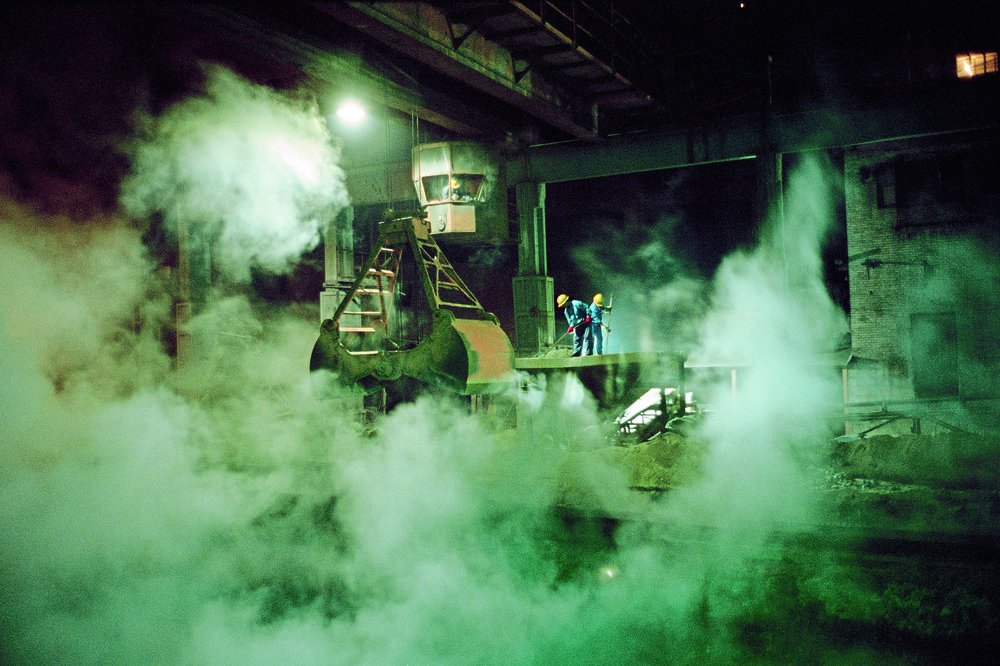
As Port Klang is on the coast line of Selangor, the intelligent and analytic Teh began to realise its significance to the country. He said, “The whole state of Selangor is connected to Straits of Malacca. It makes you think and realise that the cultural mélange that Malaysia is today is because of these Straits. The trading that went on, with ships going from East to West, made Malaysia a very important trading hub. That hasn’t really changed today as Port Klang is currently the 12th largest port in the world. It’s the main gateway into Malaysia”.
“If you think about it, our economy and culture is still influenced by our location. There’s a lot of trading, and if you look at all the ethnicities, from Malay to Chinese to Indian, we all didn’t originate here.We travelled here. The only people you can say really formed the land is the aborigines.
“That is why the book is called ‘Confluence’, which means ‘to merge’. The cultural makeup, the economy, and the wealth of the county all stems from the migration. Even today, the migration continues. We still have migrant workers coming here to do different kind of jobs. It’s constantly in flux.”
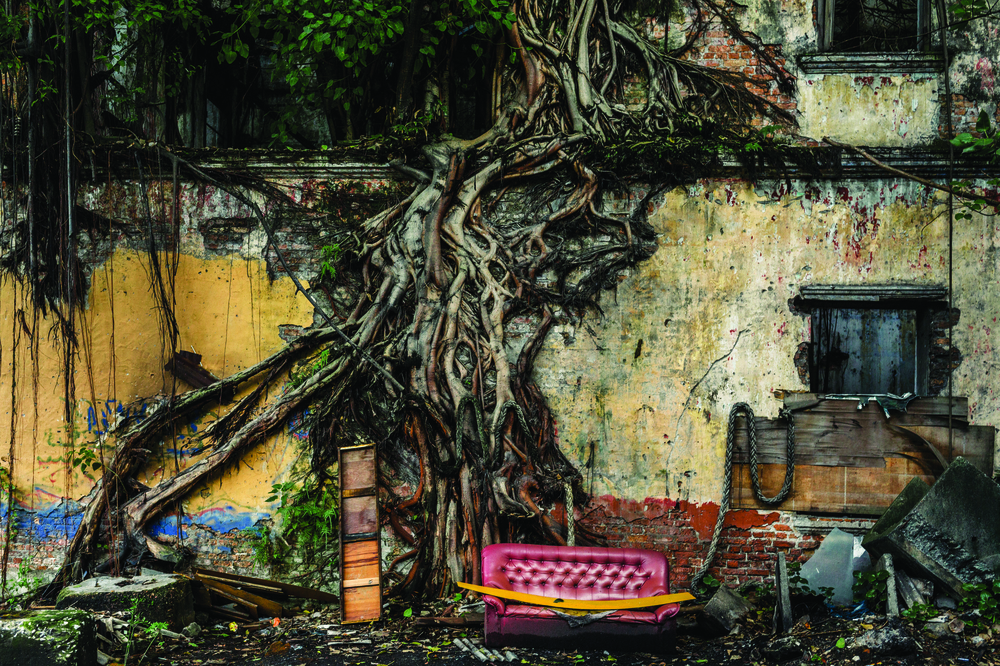
Teh says that what he likes about Malaysia is that you can still see the history. “In KL, there are a lot of tall buildings but you can still see the old architecture in the villages, even in the city. On the coastline you can also see that contrast. There are unique places like Sekinchan, where the cuisine is so different from Penang, for example, but still excellent food. But you also know that this kind of way of life may be disappearing, as the next generation might not want to own the restaurants but get office jobs instead”.
“That’s what I appreciate about this country, although it is bittersweet. I find that we often don’t look at our culture or delve deeper and discover what Malaysia really has to offer besides the stereotypes of it being an ‘exotic’ country. There’s so much more than our beaches and the Petronas Towers. As a culture we should look deeper, and I am thankful I can do so through my work.”
To know more about Ian Teh and his work, please visit ianteh.com. Further information about the Confluence book can be found at masterclass.my/ian-teh-confluence.
This article was originally published in Senses of Malaysia (January/February 2016) which is available in print here.
"ExpatGo welcomes and encourages comments, input, and divergent opinions. However, we kindly request that you use suitable language in your comments, and refrain from any sort of personal attack, hate speech, or disparaging rhetoric. Comments not in line with this are subject to removal from the site. "

